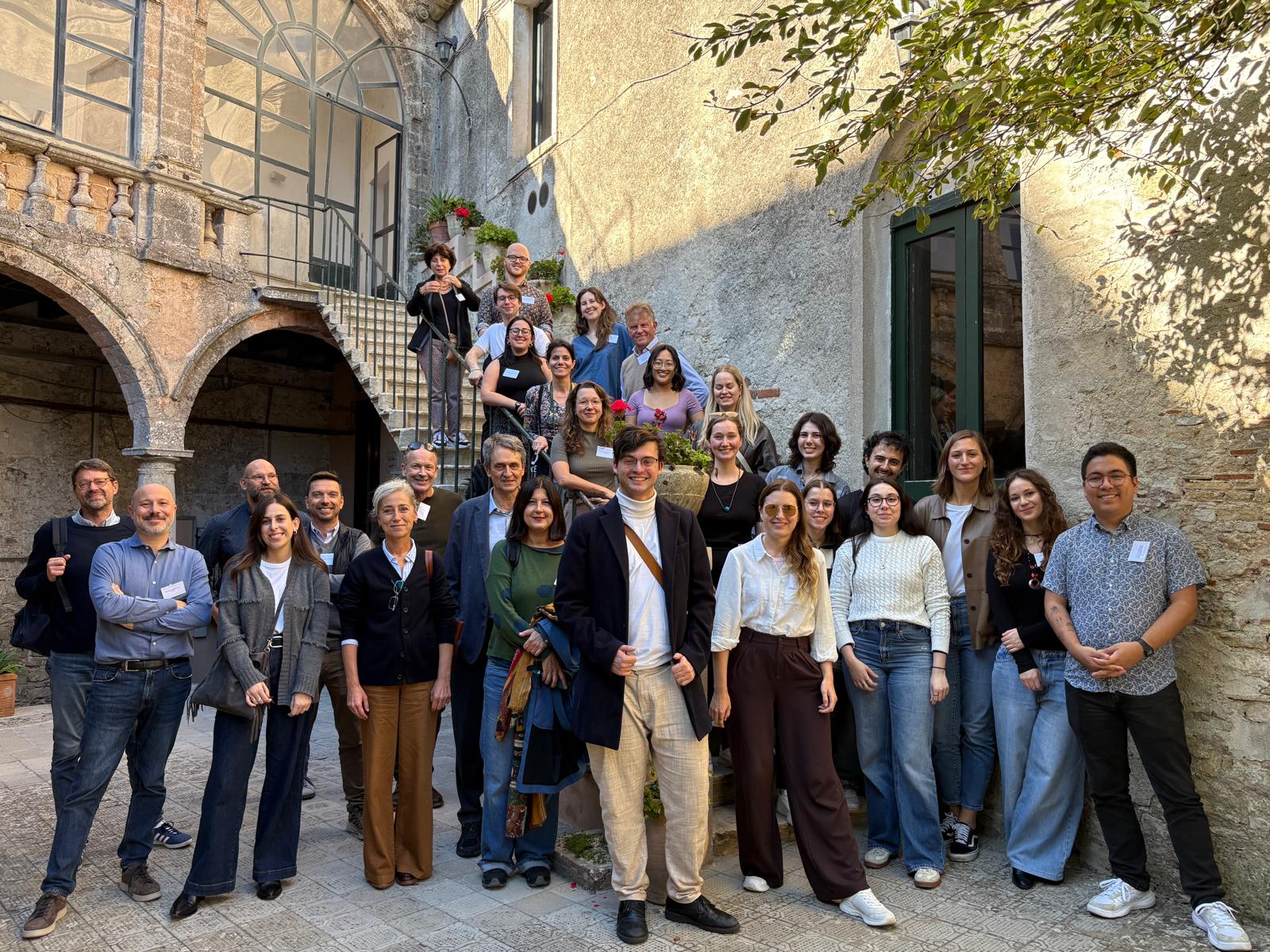 The LHCb experiment of the Large Hadron Collider (LHC) at CERN has presented the first experimental observation of the particle named Xii, belonging to the baryon family and containing two charm quarks and an up quark to the Conference of the European Physical Society on High Energy Physics (EPS High Energy Physics 2017), which was held in Venice from 5 to 12 July. This is the first time that this particle has been identified with certainty. With a mass of approx. 3621 MeV, Xii is nearly four times heavier than the more familiar baryon, the proton, a property that derives from the fact that the particle contains two charm quarks, namely heavy quarks. The result is based on the data collected during run 2 of the LHC at 13 TeV and was confirmed using the 8 TeV data of run 1. The collaboration has submitted an article describing the results to the Physical Review Letters journal.
The LHCb experiment of the Large Hadron Collider (LHC) at CERN has presented the first experimental observation of the particle named Xii, belonging to the baryon family and containing two charm quarks and an up quark to the Conference of the European Physical Society on High Energy Physics (EPS High Energy Physics 2017), which was held in Venice from 5 to 12 July. This is the first time that this particle has been identified with certainty. With a mass of approx. 3621 MeV, Xii is nearly four times heavier than the more familiar baryon, the proton, a property that derives from the fact that the particle contains two charm quarks, namely heavy quarks. The result is based on the data collected during run 2 of the LHC at 13 TeV and was confirmed using the 8 TeV data of run 1. The collaboration has submitted an article describing the results to the Physical Review Letters journal.
You might also be interested in

Quantum computing: INFN and the US SQMS laboratory renew their collaboration

Search for new physics: a possible new approach from bent crystals

Einstein Telescope: Lusatia officially enters the competition

Detecting gravitational waves from space: first steps for the LISA mission

ORIGINS. Exploring Science Communication and Journalism
